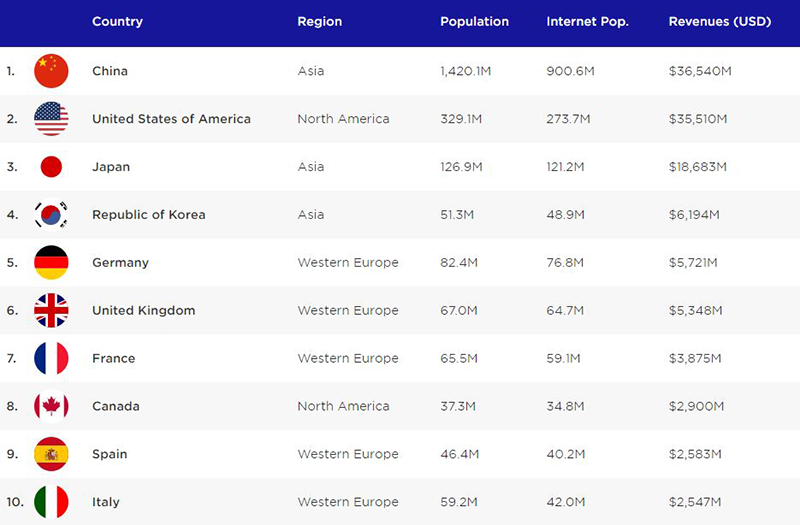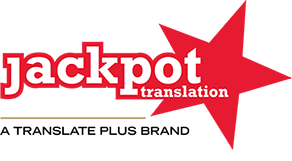
Sports betting translation: Are you missing out on key target markets?
The global sports betting market generates more than $400 billion every year (Statista), making up 30%-40% of the entire global gambling market. The true value is likely to be much larger, but an accurate figure is difficult to calculate due to inconsistent regulation around the world.
For brands aiming to capitalise on this global industry and maximise their reach, choosing the right target markets is crucial. Sports betting translation can create a native-speaking brand in each target market and profitable expansion requires the right mix of market potential and ease of access.
Choosing your key target markets
The first stage of sports betting translation is choosing your target markets and the two key factors in this are: the profit potential (both short-term and long-term) of each market and the ease of translating/localising games for their respective audiences. For example, China is the world’s largest gaming market in terms of revenue, but it’s also possibly the most challenging when it comes to translation, localisation, censorship, business operation and a range of other factors.
Meanwhile, the US is the second most valuable market and it has minimal localisation requirements for games already in the English language. Germany comes in at fifth on the list and, while this requires extensive translation and localisation, it’s generally easier to adapt English-language games for this market than Asian markets where language and cultural differences are more extreme.
Ranking the world’s gaming markets in terms of revenue is relatively easy and here are the top ten markets right now, according to data from Newzoo:

Choosing the markets that will be most profitable for your titles is a little more complex. As we have looked at in previous articles on this blog, there’s a lot to consider when it comes to translating games for tricky markets like China.
Things to consider when choosing your target markets
Market potential is one thing, but you also need to address your brand’s ability to maximise that potential – or at least make it profitable. Translating and localising a sports betting website/app for new markets requires a certain amount of investment (how much varies from one market to the next) and you need to ensure a realistic ROI is achievable.
Many of the factors that determine success are within your control (for example, translation quality, development costs and platform choices), but certain aspects like local sports betting regulations are outside of your control.
So, when you’re analysing potential markets, consider the following for each prospect:
- Sports betting popularity
- Sports betting spend
- Projected customer lifetime value
- The growth potential of each market
- The most popular sports for betting
- Most popular platforms (desktop, mobile, iOS, Android, etc.)
- Local gambling regulations
- Local advertising regulations
- The projected cost of translating for each market
- Ongoing development costs
- Annual cost of managing your presence in multiple markets
- How long it will be before you can expect to make a profit
The list of considerations carries on, but these are the market specifics you need to understand before you can make an informed choice about which audiences are most valuable to your brand. If you have the resources to have a solid crack at China, you will be the envy of most Western sports betting brands, the majority of which remain wary of the challenges posed by the Chinese market. However, targeting a smaller market like Vietnam, for example, which has a lot in common with China, but proves more accessible, could act as a stepping stone.
Meanwhile, sports betting brands taking their first venture into foreign languages might want to prioritise languages that are spoken across multiple markets: English, Spanish, French and Portuguese, for example.
- Posted by Alexandra Kravariti
- On 11th February 2020
- 0 Comments



0 Comments